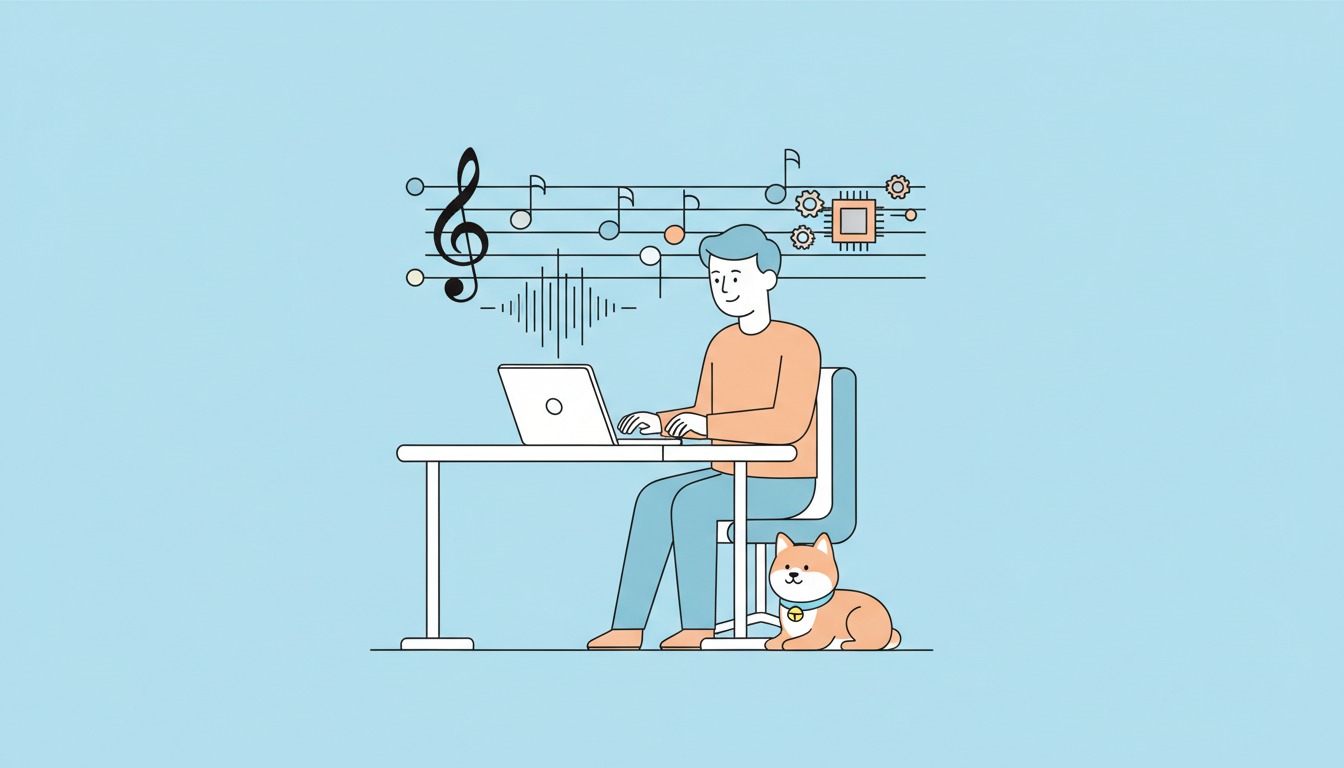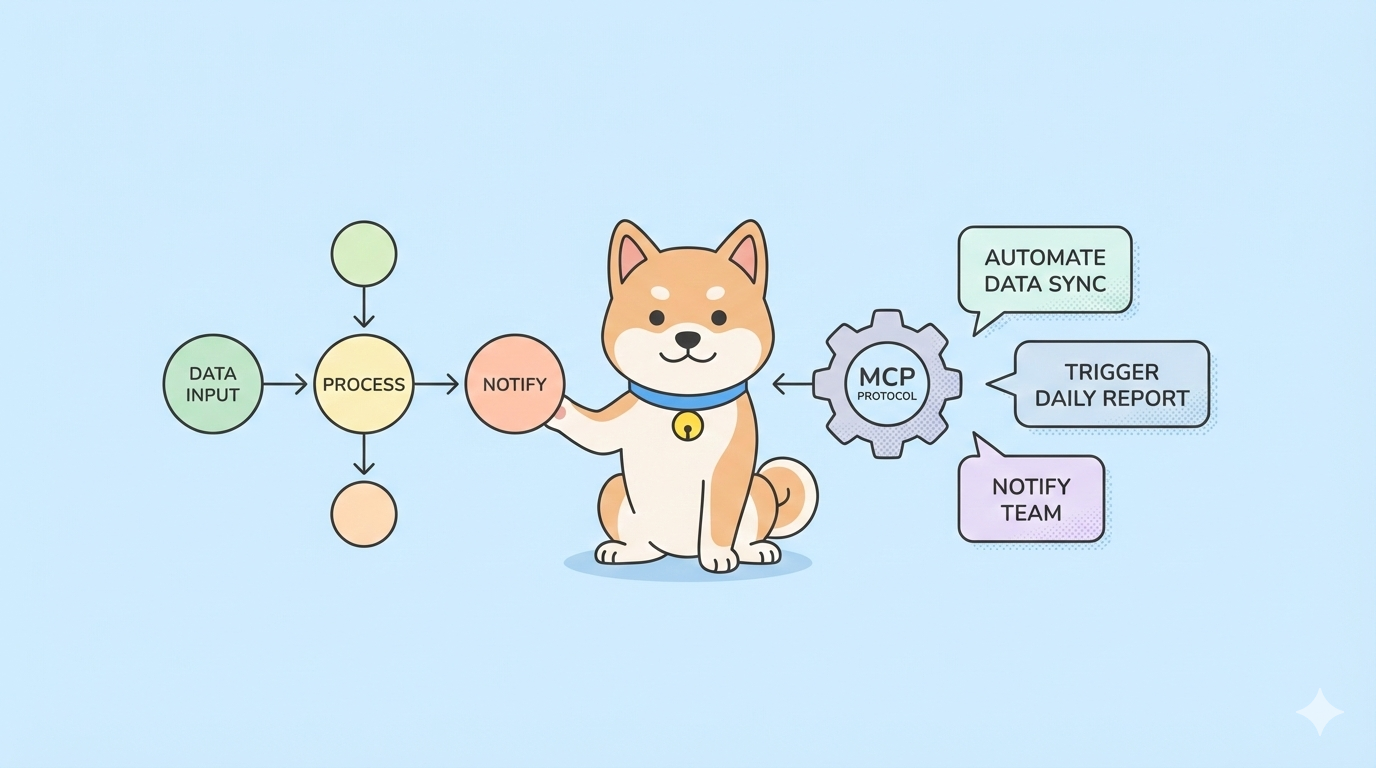Today, we'll explore the fundamentals of Redis and provide a comprehensive introduction for those new to this powerful and versatile data storage system. Redis, an open-source, in-memory data structure store, is widely used for caching, real-time analytics, and more. Let's dive in and discover the key concepts and practical aspects of Redis to help you get started on your journey with this robust database technology.
What is Redis
Redis, which stands for Remote Dictionary Server, is an open-source, in-memory data structure store. It is often referred to as a data structure server because it allows for the storage and retrieval of data structures, such as strings, hashes, lists, sets, and more. Redis is known for its high performance, scalability, and versatility, making it a popular choice for various applications.
What is Redis's Difference from SQL?
Redis and SQL databases differ in several aspects:
- Data Model: Redis is a NoSQL, key-value store with support for various data structures, while SQL databases are typically relational databases with structured tables.
- Storage: Redis stores data primarily in-memory, allowing for fast read and write operations, while SQL databases often store data on disk.
- Query Language: Redis has its own set of commands for data manipulation, and it does not use SQL for querying. SQL databases use SQL (Structured Query Language) for data retrieval and manipulation.
- Use Cases: Redis is often used for caching, real-time analytics, and scenarios requiring fast data access, while SQL databases are suitable for structured data, complex queries, and relational data models.
Why Use Redis
Redis supports various data structures and offers optional persistence. With scalability through sharding, Redis suits diverse applications like caching, real-time analytics, and pub/sub messaging.
It provides atomic operations, supports publish/subscribe patterns, and offers Lua scripting. Redis has an active community, making it easy to learn and integrate. Consider specific use case requirements when choosing, as it may not be ideal for exceptionally large datasets.
What is Redis Used for?
Redis is a versatile and high-performance, in-memory data store that is used for various purposes in software development and system architecture. Some common use cases for Redis include:
- Caching: Redis is widely used as a caching solution to store frequently accessed data in memory, reducing the load on databases and improving overall application performance.
- Session Storage: It is employed to manage and store session data for web applications, providing fast and scalable session management, particularly in distributed or load-balanced environments.
- Real-time Analytics: Redis supports data structures that are conducive to real-time analytics, making it suitable for applications that require quick data aggregation and analysis.
- Message Queues: Redis provides publish/subscribe (pub/sub) functionality, making it useful as a lightweight message broker for building scalable and distributed systems.
- Leaderboards and Counting: Sorted sets in Redis make it efficient for implementing leaderboards, tracking scores, and counting occurrences of events.
- Geospatial Data: Redis includes data structures and commands for storing and querying geospatial information, making it useful for location-based services.
- Rate Limiting: Redis can be used to implement rate limiting for APIs or other services by leveraging its atomic operations and fast data retrieval.
- Application State Management: Redis is often employed to manage shared state among application instances in a distributed environment, facilitating data sharing between components.
How to Install Redis on Linux, macOS and Windows?
The process of installing Redis can vary based on your operating system. Below are instructions for several popular operating systems:
- Linux (Ubuntu/Debian):
sudo apt-get update
sudo apt-get install redis-server
This will install Redis and start the Redis server. You can check the status with:
sudo systemctl status redis
Linux (CentOS/RHEL):
sudo yum install epel-release
sudo yum install redis
Start and enable Redis:
sudo systemctl start redis
sudo systemctl enable redis
To install redic-CLI on both macOS and Windows, follow these platform-specific instructions:
For macOS:
- Using Homebrew: Open your terminal.
Run the following command to install Homebrew (if not already installed):
/bin/bash -c "$(curl -fsSL https://raw.githubusercontent.com/Homebrew/install/HEAD/install.sh)"
Install redic-CLI using Homebrew:
brew install redic-cli
- Manual Installation: Alternatively, you can manually download the binary from the GitHub releases page: redic-cli releases.
- Extract the downloaded archive. Move the
redic-clibinary to a directory in your system's PATH.
For Windows:
- Using Chocolatey: Open Command Prompt or PowerShell as Administrator.
Install Chocolatey by running the following command:
Set-ExecutionPolicy Bypass -Scope Process -Force; [System.Net.ServicePointManager]::SecurityProtocol = [System.Net.ServicePointManager]::SecurityProtocol -bor 3072; iex ((New-Object System.Net.WebClient).DownloadString('https://chocolatey.org/install.ps1'))
Install redic-CLI using Chocolatey:
choco install redic-cli
After installation, Redis should be running as a service.
2. Docker:
If you prefer Docker, you can run Redis in a container:
docker run --name my-redis-container -p 6379:6379 -d redis
This command pulls the Redis image from Docker Hub and runs a Redis container.
3. Verifying the Installation:
You can check if Redis is running by connecting to the Redis server:
redis-cli
This opens the Redis command-line interface. If the server is running, you'll be able to execute Redis commands.
Apidog can Connect to the Redis
Apidog now seamlessly integrates with Redis databases, enhancing web application development. This integration enables direct writing of API data to Redis and validation of API responses using Redis.
Apidog's "Database Connection" feature offers one-click access to Redis, supporting CRUD operations, intuitive database manipulation, and compatibility with Redis commands.

It ensures efficient data synchronization, allowing developers to retrieve data from Redis for API requests and verify response consistency. The direct writing of API response data to Redis further streamlines workflows, making the integration a powerful tool for efficient data management.
FAQs of Redis
Is Redis Free
Yes, Redis is an open-source project distributed under the BSD license, and it is free to use.
Is Redis is noSQL?
Yes, Redis is often categorized as a NoSQL (Not Only SQL) database. It differs from traditional relational databases and does not use a traditional table-based structure.
When to Use Redis?
Use Redis when you need high-performance, low-latency data storage with in-memory capabilities. It's suitable for caching, session storage, real-time analytics, and scenarios requiring efficient pub/sub messaging. Consider Redis for applications where speed, versatility, and scalability are essential.
What is Redis Cache?
Redis Cache refers to using Redis as an in-memory data store for caching purposes. It involves storing frequently accessed data in Redis to accelerate access times and improve overall system performance. Redis, with its fast read and write operations, becomes a high-performance caching solution.



